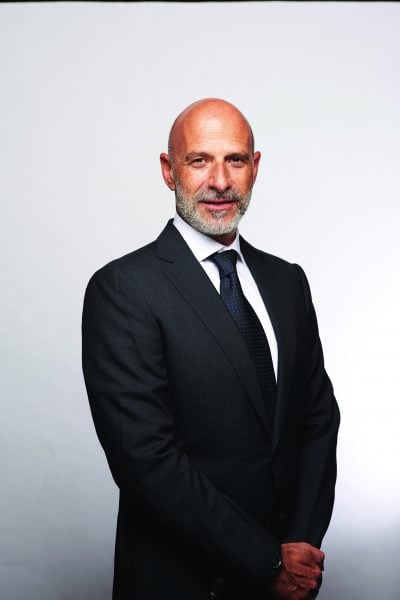 Over the course of the last few years, the marketing and advertising practices brands and advertisers traditionally employed to reach potential customers and generate leads have either witnessed dramatic shifts or were completely retired and replaced by newer tactics and tools.
Over the course of the last few years, the marketing and advertising practices brands and advertisers traditionally employed to reach potential customers and generate leads have either witnessed dramatic shifts or were completely retired and replaced by newer tactics and tools.
This transition was further accelerated by another unprecedented gamechanger, Covid-19, which went from being just another virus no one really knew much about to changing life as we know it for 8 billion people around the globe, all in the span of three short months. After the disruption the pandemic brought to our everyday lives and global economies, a massive surge in unprecedented trends and behaviours, including media consumption habits, forced advertisers to revisit their media plans and strategies in order to cope with the new normal.
Within this context, any review of the outdoor advertising sector would best be served by examining the dynamics through pre-Covid and current pandemic lenses.
Prior to the pandemic, advertisers leveraged OOH as a primary means of brand building, product awareness and call-to-action campaigns largely focused on protecting and sustaining their share of voice compared with their competition.
In Covid-19 times, devastating lockdowns and curfew orders were implemented across most nations, leading to a very limited volume of commuters on the roads (drivers and public transport users). Consequently, commuting times were drastically reduced, resulting in fewer eyeballs focused on out-of-home ads. Traditional investors pulled back, as they had nothing left to actively promote, at least not on empty roads. They also turned to alternative advertising channels, as the dip in street commuters no longer justified their investments. This decline continued in spite of the exceptional support clients were given.
When lockdowns began to ease and people started to venture back outdoors, OOH impressions witnessed a marginal increase. Traditional investors led this rally and reinstated the yearly deals cemented in the pre-Covid days. This stimulated the appetite of non-regular outdoor advertising investors, who made their debut appearances on OOH assets.
Today, clients are relying on out-of-home to generate sales and are closely monitoring their return on investment (ROI), much like any other medium. The pandemic has resulted in drastic increases behind OOH spends for e-commerce players, virtual retail shops and F&B brands, after witnessing the ROI out of home-delivered. For start-ups and virtual stores, outdoor advertising carries the incentive of helping them overcome one of the greatest hurdles to success. It provides them with credibility and generates the trust that consumers must have with brands. Once the association is established, customers feel more confident about transacting with the brand.
More than ever before, advertisers today are seeking ways to rationalise their investments behind out-of-home. The OOH sector across the GCC is poised to witness a future driven by technology, not only in the form of LED screens, but also in harnessing the power of technology that can effectively measure their ROI, as well as the precise attribution value.
As we edge closer to a post-Covid scenario and investments behind the sector grow, so will the demand for measurement capabilities and audience discovery to quantify the deliveries. Media owners are keen on making advertisers feel confident about their OOH budget allocations.
Audience measurement, reach, frequency and opportunity to see (OTS), among others, stand out as the parameters being considered by several independent research companies in a bid to assign value for the industry. Several methods are being adopted, ranging from tracking devices to data collection from telcos and publishers.
Unfortunately, the landscape is fragmented in terms of measurement solutions. However, we believe that adopting a unified measurement currency across the entire market that is agile enough to cope with the changing landscape, from tracing to privacy, will add value to media owners and advertisers alike. This currency should be developed by an independent player with no vested interest in media representation, a neutral body weighing the significance of individual OOH assets, irrespective of the media owner or advertiser.









